Our Heritage Timeline
The Hill Kirk & Churchyard
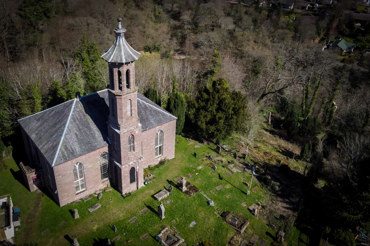
Photo courtesy of Our Heritage
Article Details
- Date:
- 1824 The Hill Kirk
Categories
The Hill Kirk & Churchyard
“We all know that a church is not a building” – Robert H. Schuller.
Kirk Wynd on the Hill o’ Blair is where the town of Blairgowrie began back in Medieval times.
Any resident of or visitor to Blairgowrie who takes a walk up the Hill o’ Blair to the Hill Kirk and Kirkyard on Kirk Wynd is rewarded not only by one of the best views across the town towards the Sidlaw Hills, but also by fascinating evidence on the gravestones of the town’s rich history and of the lives of some of its earlier residents.
This important site is a place of peace and tranquillity – a place for reflection and quiet contemplation.
Kirk Wynd on the Hill o’ Blair is where the town of Blairgowrie began back in Medieval times. Back then a cluster of thatched cottages would have been built in the vicinity of the Church.
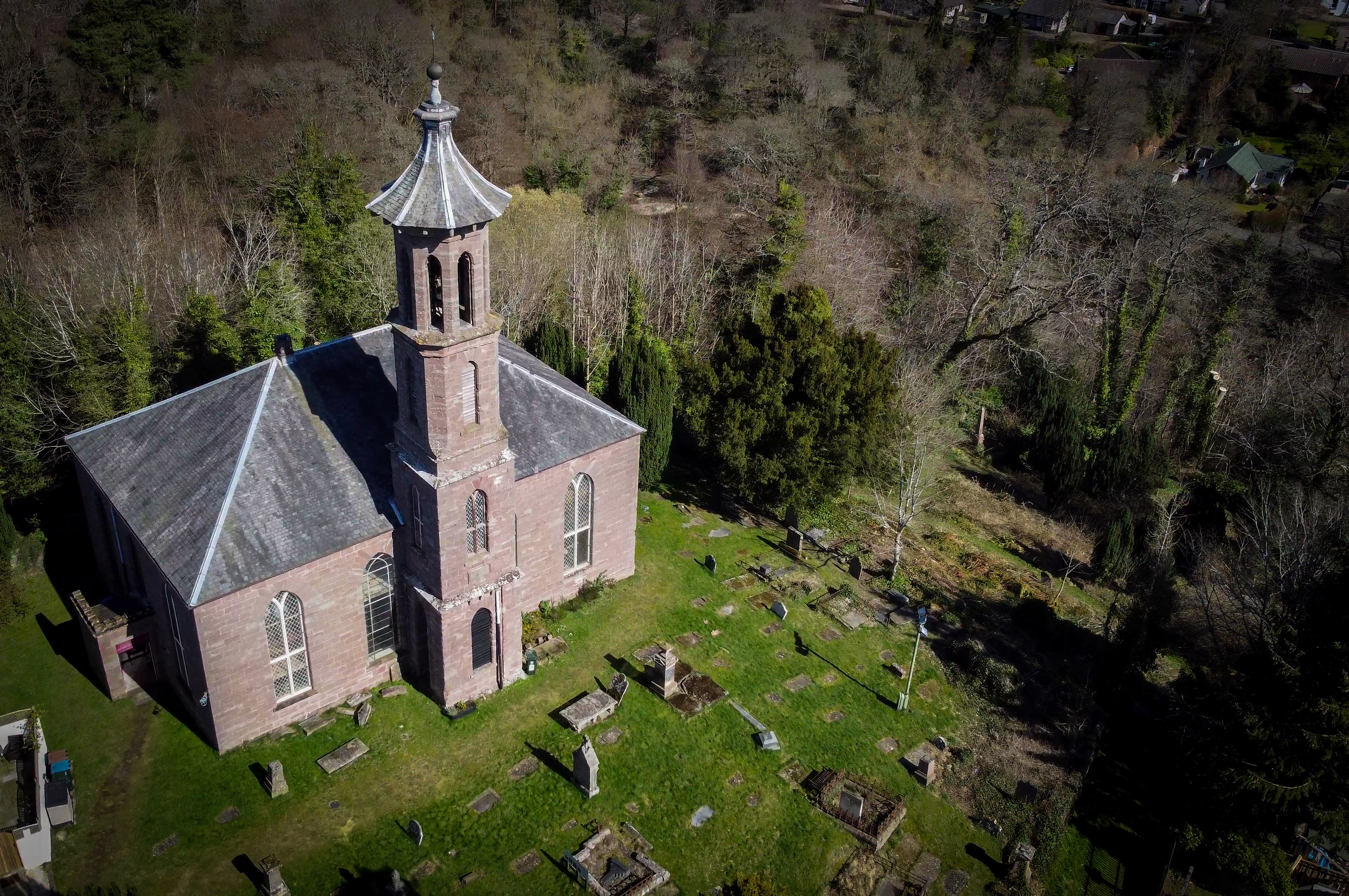
THE OLD PARISH CHURCH a.k.a. THE HILL KIRK
In 2002 the former St Andrew’s Church in James Street became Blairgowrie Parish Church, but the Hill Church was the original Parish Church of Blairgowrie. The Church has a very distinctive tower, described as ‘a slim 4-stage pagoda- roofed tower’ which can be seen on several approaches to the town. High on the Church Tower this inscribed stone gives a little of its history.
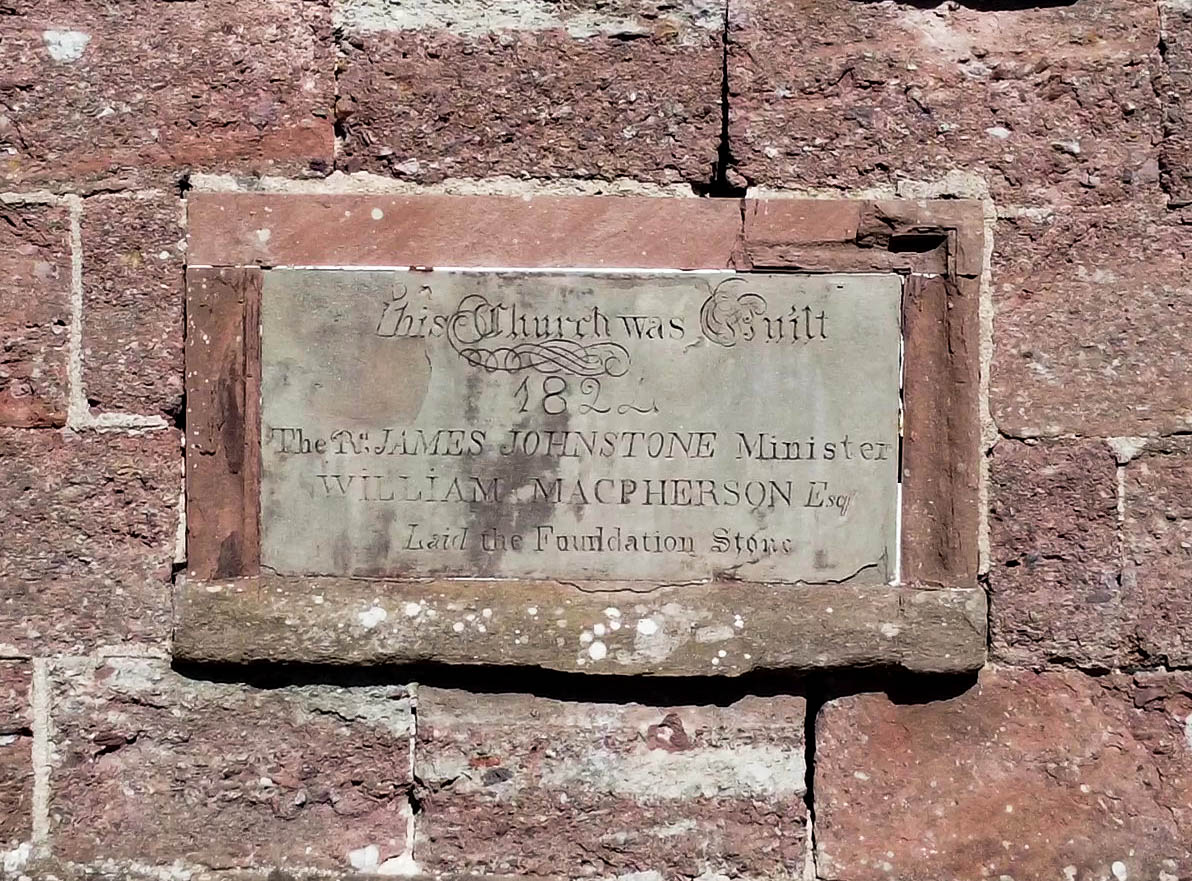
However, this Church’s history goes back much further, and it is known that there have been two earlier church buildings on this site. The earliest available record of a Church here goes back to 1201 when there was an agreement that the monks of Coupar Angus would provide the Church of Blairgowrie each Martinmass with a stone of wax to be used to light the Church. Located near to where the present Church stands, the Church of Blair in Gowrie stood across the path that leads from the main gate. In 1767 this building was replaced by a new church, which, in turn, was replaced by the building we see today. The last service in this church building took place in 1976. The building was bought by the Blairgowrie Players in 1979.
THE HILL KIRKYARD
“The puir an’ the lowly,the noble an’ great,
A’ sooner or later maun meet the same fate;
The rich maun leave pleasures for which they hae cared
To mingle wi’ dust i’ the Auld Kirkyard.”
– from “The Auld Kirkyard” by local poet William Pyott (1851 – 1905)
For more about William Pyott see our article here.
Since the first church known to have been built on this site dates from 1201, it may be assumed that there are Medieval graves here. There are many unmarked graves, and many Headstones lie flat. Some Headstones are overgrown and may yet be uncovered.
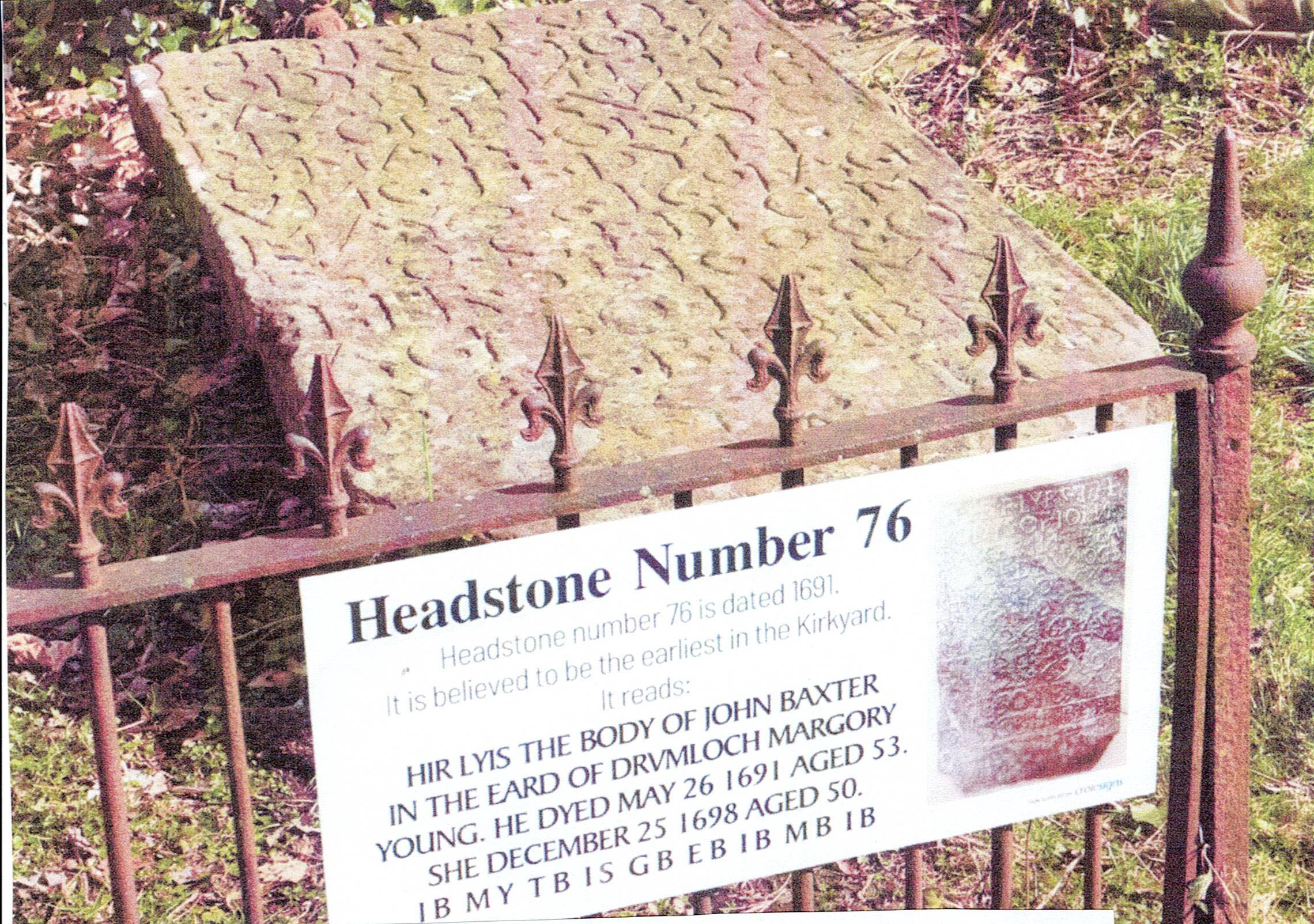
The earliest surviving stone is believed to be this Slab Stone dated 1691. This is a good example of a gravestone from the 17th century. The inscription is in relief block lettering and at the bottom there is awinged soul or angel’s head with wings, symbolising the soul rising to heaven.
The Inscription reads:
Hir lyis the body of John Baxter in the Eard of Drumloch
Marjory Young He dyed May 26 1691 aged 53. She December 25 1698 aged 50.
Inscriptions on 17th century gravestones are often restricted to initials. It may be assumed that these initials are those of other members of the Baxter family buried here.
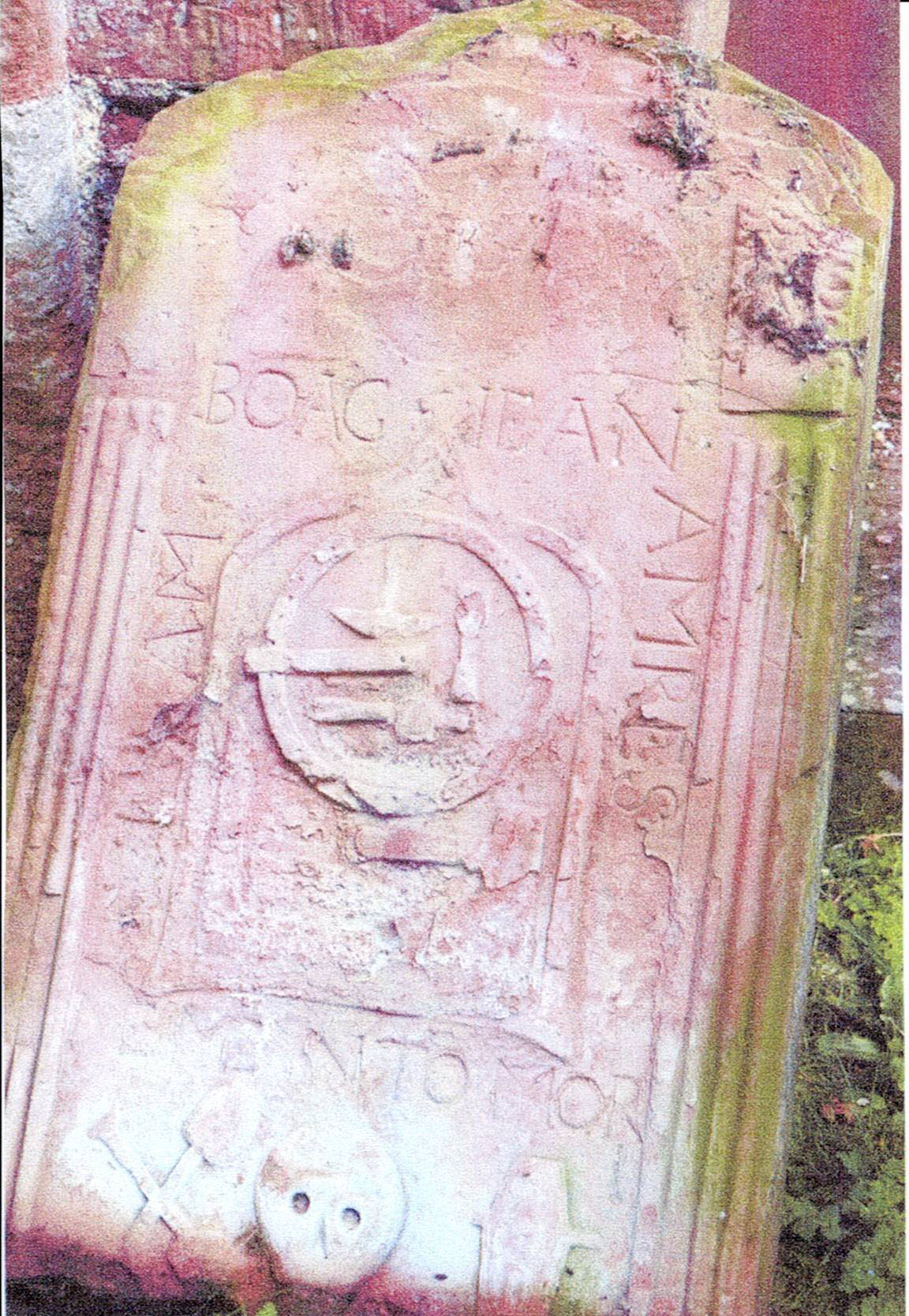
A fine example of a stone from the 18th century when stone masons typically carved three parts. At the top would be a winged soul. The middle would show the tools of the deceased’s trade. In this case a wheel, an axe, square and hammers. The bottom would show symbols of mortality.
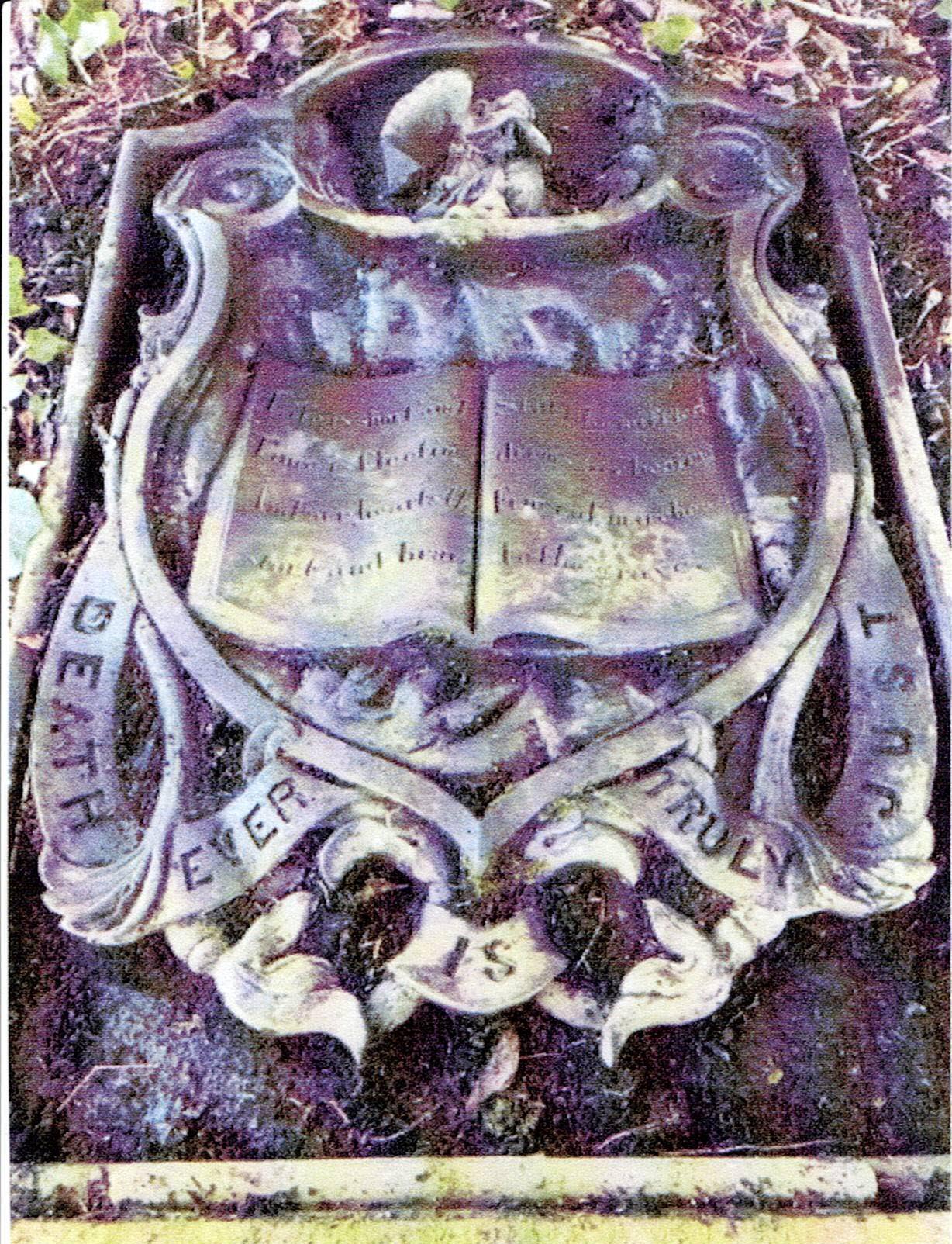
This is a fine example of a 19th century gravestone showing the skill of the stonemason. It marks the grave of William Geddes, Artist (1840-1884) and his family. The weeping angel conveys the sorrow of an untimely death. The open book symbolises a life cut short.
The verse reads:
Life is short and
Time is fleeting
And our hearts tho’
Stout and brave
Still like muffled
Drums are beating
Funeral marches to the grave.
The Inscription on the other side reads: Erected by William Geddes in memory of his daughters Elisabeth who died 15.10.1836 aged 4y 7m and Ann who died 9.6.1849 aged 7y 3m. Also his wife Agnes Ross who died 14.7.1878 aged 74. Hugh Leith, Slater, who died 1.10.1917 aged 81. His wife Margaret Geddes who died 4.7.1917 aged 81.
BIBLICAL THEMES
Biblical carvings and inscriptions are features of some 18th century and early 19th century gravestones. It is known that there is an Abraham and Isaac stone as well as one with a Resurrection Group in this Kirkyard.
The Inscription on the Resurrection Stone reads : JC JL Jean Low died 4.11.1739 aged 25. Husband James Carver in Banchrie.
According to Scotlands People, James Carver and Jean Low married at Bendochy 6.4.1739.Sadly, she died 7months later.
Read more about these and other stones of interest at the Society of Antiquaries of Scotland This article may be downloaded. Pages 17 to 35 refer to the Hill Kirkyard, Blairgowrie.
GREEN GRAVEYARD
The Kirkyard provides a habitat for a range of wildlife. The lower graveyard is allowed to remain ‘wild’ to support the wildlife including colonies of bats which forage in the long grass. An information sign gives details.
This is in line with Blairgowrie’s status as Scotland’s first Biodiversity Town.
A pathway around the lower graveyard ensures access for local residents and visitors.
STORIES ASSOCIATED WITH THE HILL KIRKYARD
‘The Drummond Murders’ and ‘The Ghost O’ Mause’ may be read in ‘The Ghost O’ Mause’ by Maurice Fleming.
The Hill Kirkyard was closed for burials in the 1870s except for families who already owned lairs. Since the 1870s Blairgowrie Cemetery on Perth Road has been used for burials.
CATEGORY B LISTED
It should be noted that the Church building is Category B listed as are the boundary walls, gate piers and gates. Perth and Kinross Heritage Trust has produced a series of leaflets about other Historic Churchyards in East Perthshire and these are available online at https://pkht.org.uk/wp-content/uploads/2021/08/historic-churchyards-leaflet.pdf
HEADSTONE STYLES
The Kirkyard has some notable Headstones. The shape, form, carving and inscriptions reveal much about the time they were created.
Several Headstones involve the shape of a Cross, an Obelisk shape, a Wall Plaque or a Burial Enclosure.
NOTABLE HEADSTONES OF INFLUENTIAL LOCALS
These are just some names that stand out. The numbers refer to a chart of the location of graves shown on an information board in the Kirkyard.
- No.14 William Davie who gave the town Davie Park.
- No 22b Grimond Family – influential in the flax/jute industry.
- No 25Peter McIntosh – built the Meikle Mill and ‘introduced the useful art of spinning flax by machinery into this part of the country’.
- Nos. 32. 33 and 38 Ministers of the Hill Church.
- No. 35 Chalmers Family – well known local family going back several generations. A brass plaque commemorating 5 members who were elders, used to be in the Hill Kirk, but is now in the Parish Church, James Street.
- No. 42 Robert Lunan – local G.P. for many years.
- No. 44 George Barty – owner of snuff mill at Lornty, then tobacconist in Perth. Bequeathed the Barty Mortification.
- No. 80a Geddes Family – see article about local artists.
- No. 90George Ballingall – of Altamount and Professor of Military Surgery at the University of Edinburgh.
- No. 98James Anderson – first agent of Commercial Bank of Scotland.
Previous Page
